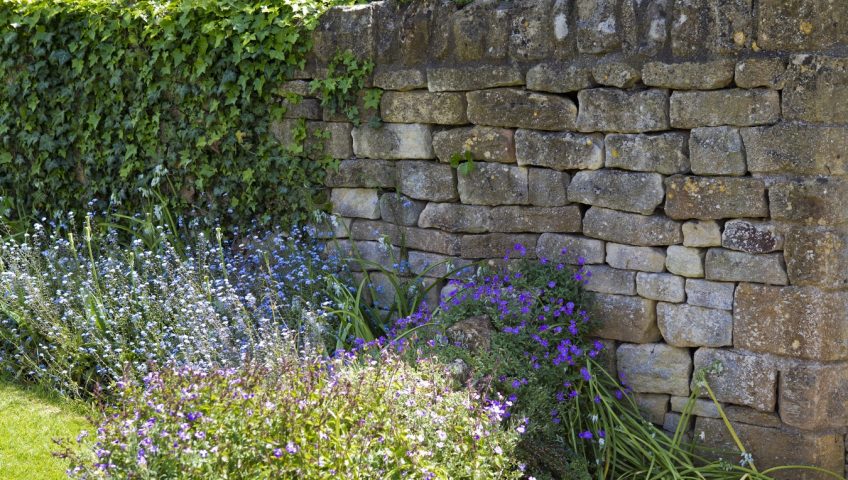Spring means the beginning of watering lawns and landscape. That also means it’s time to worry about runoff. What is runoff? The technical definition is: the flow of water that occurs when excess storm water, meltwater, or other sources flows over the Earth’s surface. Running water is powerful—it has carved canyons and moved boulders. You might not worry about issues of this scale, but it’s a fair question to ask what runoff might do to your landscape.
The short answer to that question is erosion. Spring runoff can lead to erosion on your property. This isn’t just an issue of being an eyesore. Erosion can affect your home’s foundation. Installing a retaining wall can help prevent soil erosion. By doing so, you can help protect your landscape and your property.
What’s Your Slope?
It can be a bit technical, but the slope of your landscape dictates what kind of retaining wall you need. It’s something best left to experts, though there are resources to consult if you want to learn more, like this guide from the National Resources Conservation Service. Is it possible to DIY your retaining wall? Sure it is, though in our opinion it’s best to consult an expert. If you decide to go solo, be sure to do your homework and to consider every option carefully.
How Retaining Walls Work
Simply put, a retaining wall holds soil in place. When designed properly, retaining walls also ensure that excess water drains in ways that don’t erode the soil. Think of these channels almost like water slides at a big amusement park: with the right structure and construction, you can change the direction of drainage in your space, making sure that runoff water goes where you want it to go.
There are several options to consider: full retaining walls, partial walls, and raised terraces with plantings, just to name a few. Construction can vary too, depending on design need and aesthetic preference. Concrete, brick, and wood are all options. The best way to decide is to discuss the variety of options with a company that specializes in retaining walls in your area. We do just that.




